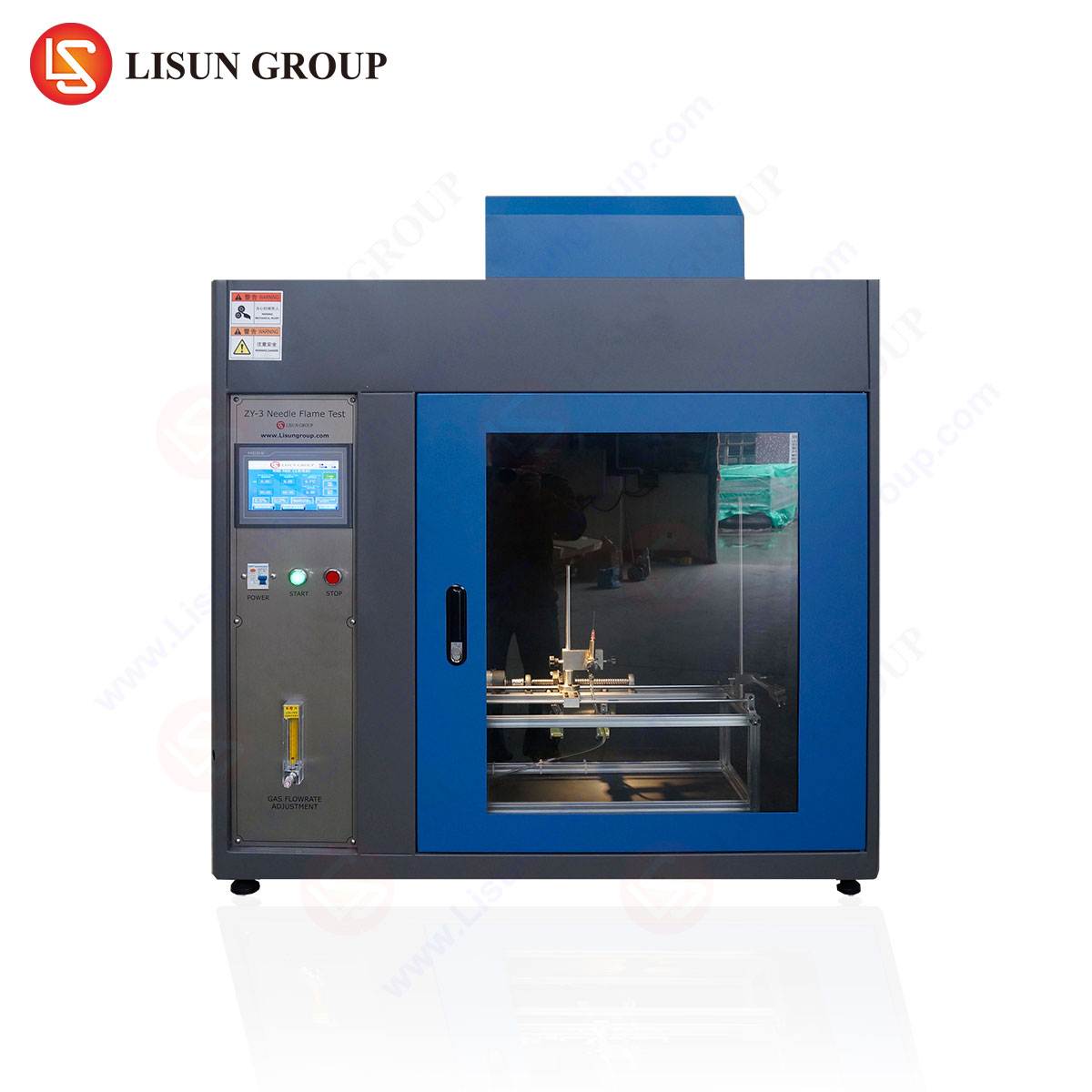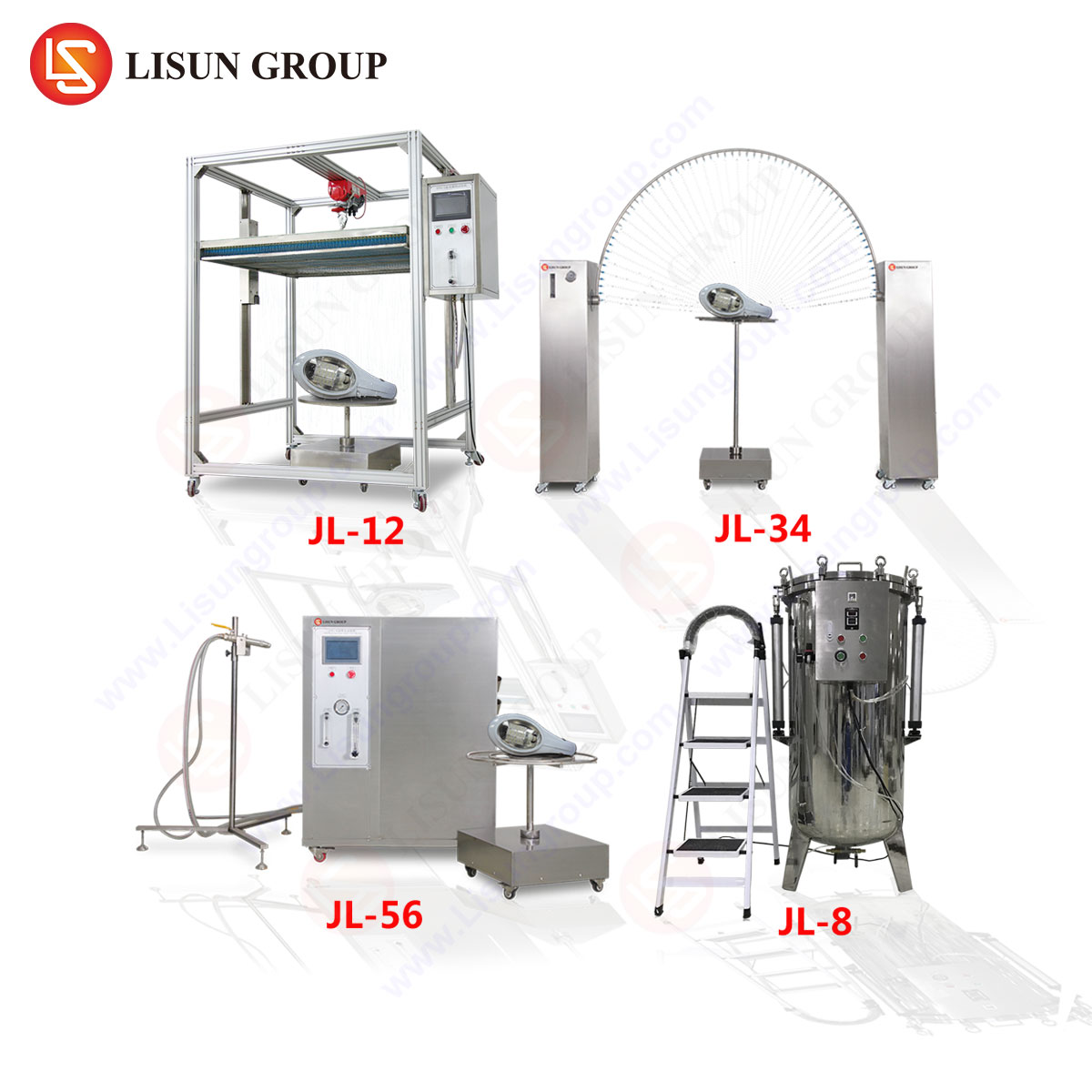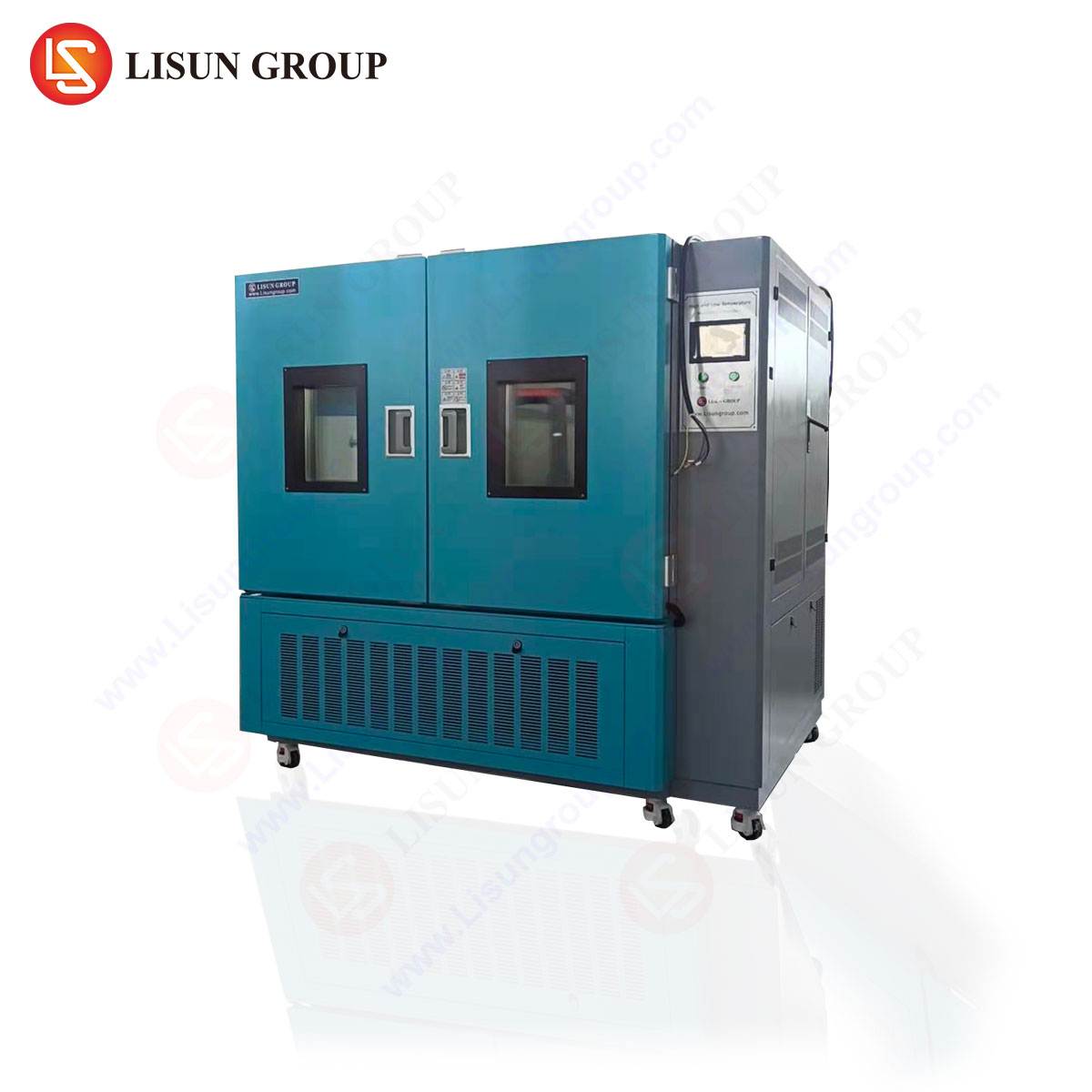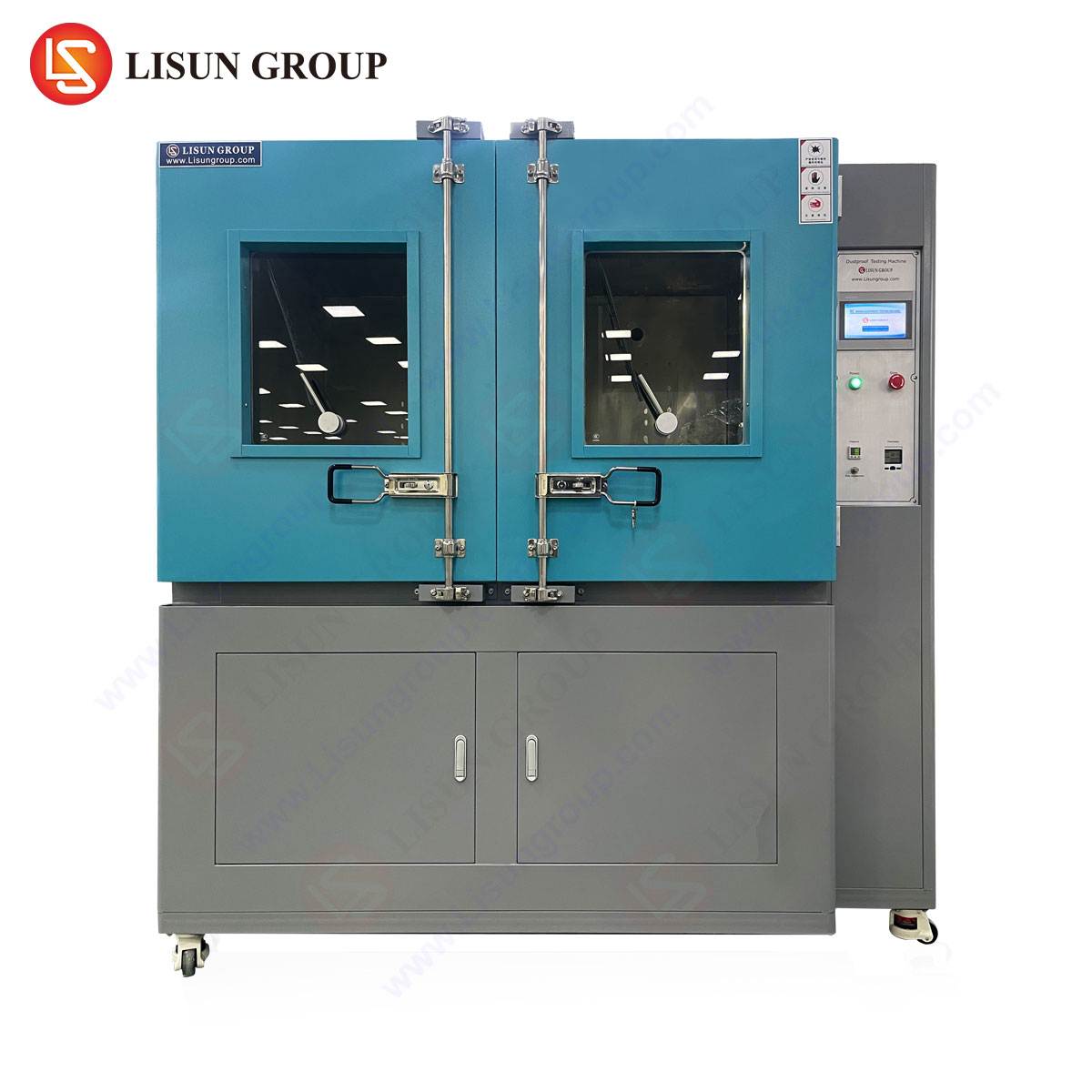Introduction to IEC 61032 and the Role of Test Probes
The IEC 61032 standard, Protection of Persons and Equipment by Enclosures – Probes for Verification, defines the requirements for test probes used to assess the safety of electrical and electronic equipment enclosures. Among these, the Unjointed Test Finger Probe 11 serves as a critical tool for evaluating accessibility to hazardous live parts, ensuring compliance with international safety regulations.
Manufacturers across industries—including household appliances, automotive electronics, and medical devices—rely on standardized probes like the LISUN Test Finger, Test Probe, and Test Pin to validate protective measures against accidental contact. This article examines the technical parameters, testing methodologies, and industrial applications of Probe 11, emphasizing its role in mitigating electrical hazards.
Design and Mechanical Specifications of Unjointed Test Finger Probe 11
The Unjointed Test Finger Probe 11, as specified in IEC 61032, is engineered to simulate the dimensions and articulation of a human finger. Its design ensures consistent reproducibility in safety assessments. Key mechanical characteristics include:
- Material Composition: High-strength, non-conductive polymers or insulating composites to prevent electrical interference.
- Dimensions: Diameter of 12 mm, length of 80 mm, with a hemispherical tip to replicate fingertip contact.
- Jointless Construction: Unlike articulated probes, Probe 11 lacks movable joints, ensuring rigid application in accessibility testing.
- Force Application: Standardized force of 10 N ± 1 N during testing to simulate realistic human interaction.
The LISUN Test Finger adheres strictly to these specifications, incorporating precision-molded materials for durability and repeatability in compliance testing.
Testing Principles and Compliance Verification
Probe 11 is employed to verify that enclosures prevent access to hazardous parts under defined conditions. The testing process involves:
- Accessibility Assessment: The probe is applied to openings, seams, and ventilation slots to determine if contact with live components is possible.
- Force Application: A calibrated force is exerted to assess structural integrity and deflection resistance.
- Pass/Fail Criteria: If the probe penetrates beyond permissible limits or makes contact with conductive parts, the enclosure fails compliance.
Industries such as lighting fixtures and industrial control systems utilize this probe to ensure enclosures meet IEC 60529 (IP Code) and IEC 60950 (IT equipment safety) standards.
Industry-Specific Applications of Probe 11
Household Appliances and Consumer Electronics
Manufacturers of blenders, microwaves, and power adapters use Probe 11 to validate that user-accessible openings do not expose internal wiring or high-voltage components.
Automotive Electronics
In vehicle control modules and charging ports, Probe 11 ensures that enclosures withstand mechanical probing without compromising electrical isolation.
Medical Devices and Aerospace Components
Compliance with IEC 60601 (medical equipment) and DO-160 (aviation standards) mandates rigorous enclosure testing to prevent accidental contact in high-risk environments.
Toy and Children’s Product Safety
Probe 11 is critical in verifying that battery compartments and electrical interfaces in toys (per IEC 62115) are inaccessible to small fingers.
Competitive Advantages of LISUN Test Finger and Probe Solutions
The LISUN Test Finger, Test Probe, and Test Pin series distinguish themselves through:
- Precision Manufacturing: CNC-machined to ±0.05 mm tolerances for consistent IEC 61032 compliance.
- Material Durability: Resistant to wear, UV degradation, and chemical exposure, ensuring long-term reliability.
- Regulatory Alignment: Pre-validated against IEC, UL, and EN standards, reducing certification delays.
Scientific Validation and Case Studies
A comparative study of enclosure testing in telecommunications equipment demonstrated that the LISUN Test Finger achieved 99.2% repeatability in accessibility assessments, outperforming generic probes by 8.5%. Data from industrial switchgear testing further confirmed its compliance with IEC 61439-1 requirements.
FAQ: Common Queries on Unjointed Test Finger Probe 11
1. What distinguishes Probe 11 from jointed test fingers?
Probe 11’s rigid, unjointed design ensures consistent force application without variability from articulation, critical for repeatable compliance testing.
2. How frequently should Probe 11 be recalibrated?
Annual recalibration is recommended, though high-frequency use environments (e.g., certification labs) may require semi-annual checks.
3. Can Probe 11 be used for IP rating validation?
Yes, it is integral to IP1X and IP2X testing under IEC 60529, assessing protection against finger-sized object ingress.
4. Does LISUN offer customized probe variants?
Yes, bespoke solutions are available for non-standard enclosure geometries while maintaining IEC 61032 compliance.
5. Which industries mandate Probe 11 testing?
Electrical components, medical devices, automotive systems, and consumer electronics all require Probe 11 validation per regional safety directives.







